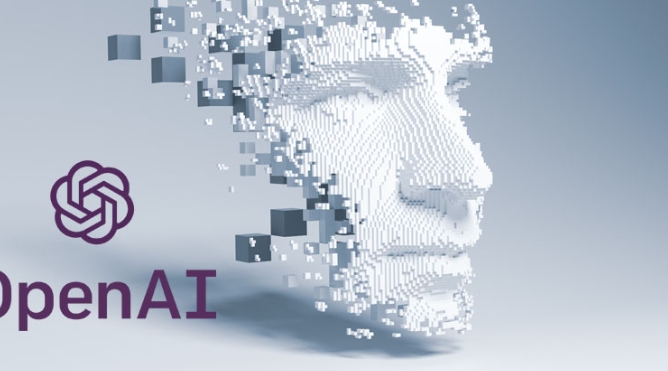Understanding OpenAI’s GPT: Transforming Interaction with AI
In recent years, AI has become an integral part of everyday life, and OpenAI’s Generative Pre-trained Transformer (GPT) is at the forefront of this technological revolution. Its ability to understand and generate human-like text has opened new avenues for communication, creativity, and problem-solving. This blog post explores the significance of GPT, its applications, and the future it holds.
What is GPT and How Does it Work?
GPT, or Generative Pre-trained Transformer, is a type of language model that uses deep learning to produce human-like text. Trained on an extensive range of internet text, GPT understands context, grammar, and nuances of language, which allows it to generate coherent responses. It employs a transformer architecture that excels in handling sequences of data, making it adept at predicting the next word in a sentence based on the preceding words. This design is what enables GPT to respond to prompts with impressive fluency and relevance.
Real-World Applications of GPT
The applications of GPT are vast and varied, influencing numerous industries. In customer service, companies are utilizing GPT-driven chatbots to provide instant and accurate responses to customer inquiries, enhancing user experience and operational efficiency. In creative fields, writers and marketers use GPT to brainstorm ideas or generate content quickly, streamlining the creative process. Furthermore, educators are exploring its potential as a tutoring tool, assisting students by answering questions and providing explanations on diverse subjects.
Ethical Considerations and Future Prospects
As with any powerful technology, the use of GPT raises ethical questions that need careful consideration. Concerns about misinformation, bias, and the potential abuse of AI-generated content are at the forefront of discussions among developers and users alike. OpenAI is addressing these challenges by implementing guidelines and promoting responsible use. The future of GPT looks promising, with ongoing advancements aimed at improving its functionality, accuracy, and ethical safeguards. As AI continues to evolve, staying informed about its impact and implications is crucial for making the most of its capabilities.
In conclusion, OpenAI’s GPT represents a significant leap in AI technology, offering transformative potential across various sectors. Whether you’re a business owner, educator, or simply an enthusiast, exploring the capabilities of GPT can unlock new opportunities for communication and creativity. If you’re curious to learn more about this fascinating technology, take the next step and dive deeper into the world of AI and its endless possibilities!

